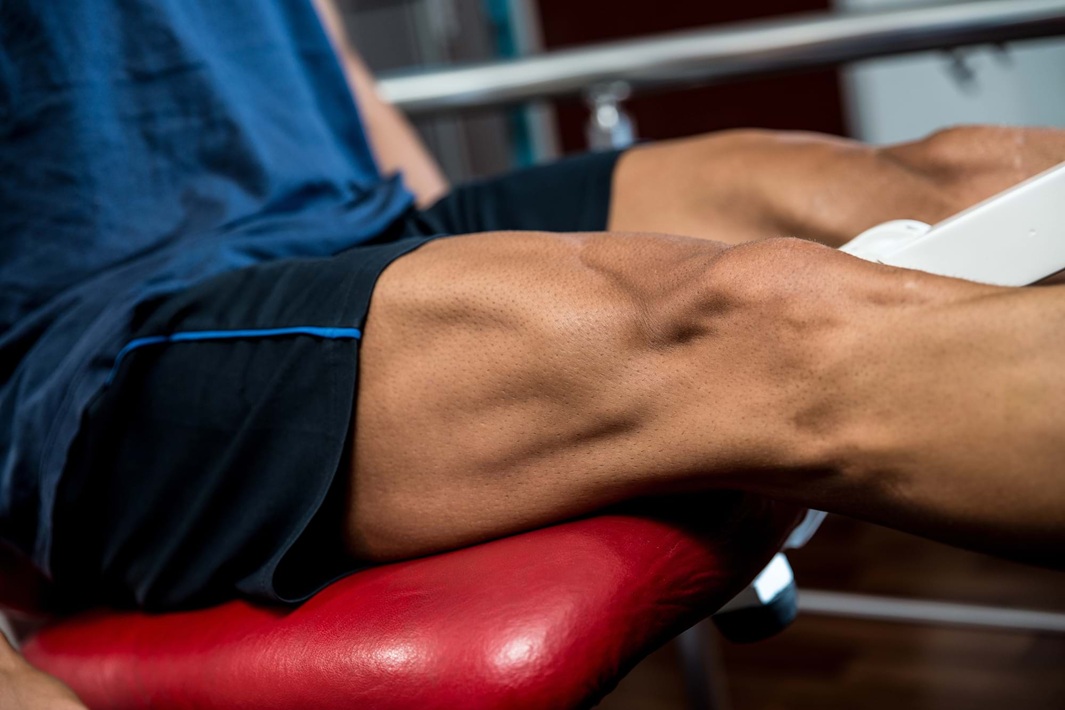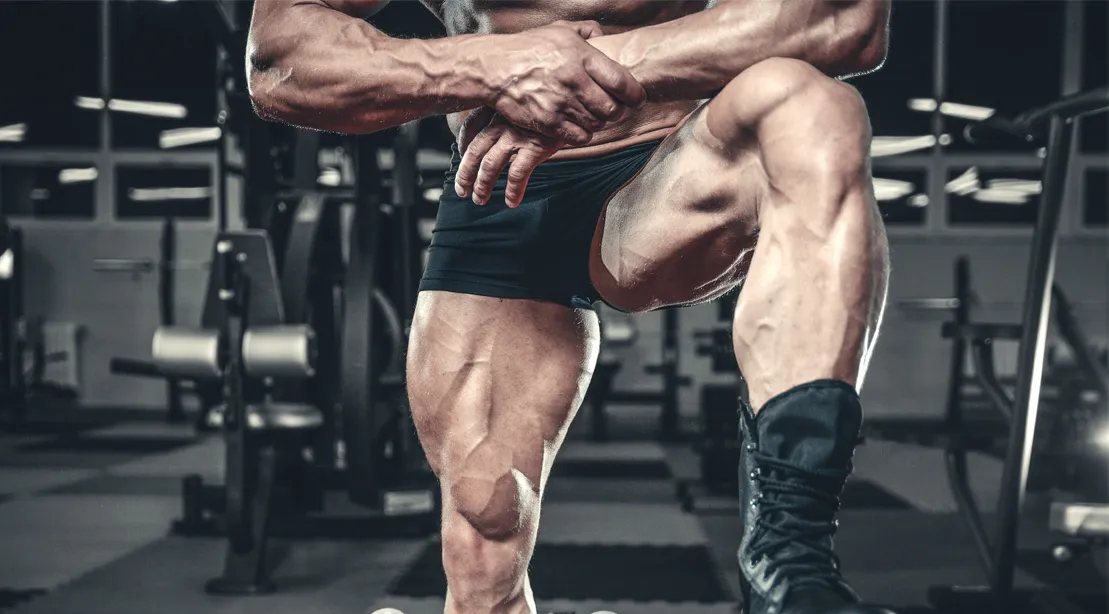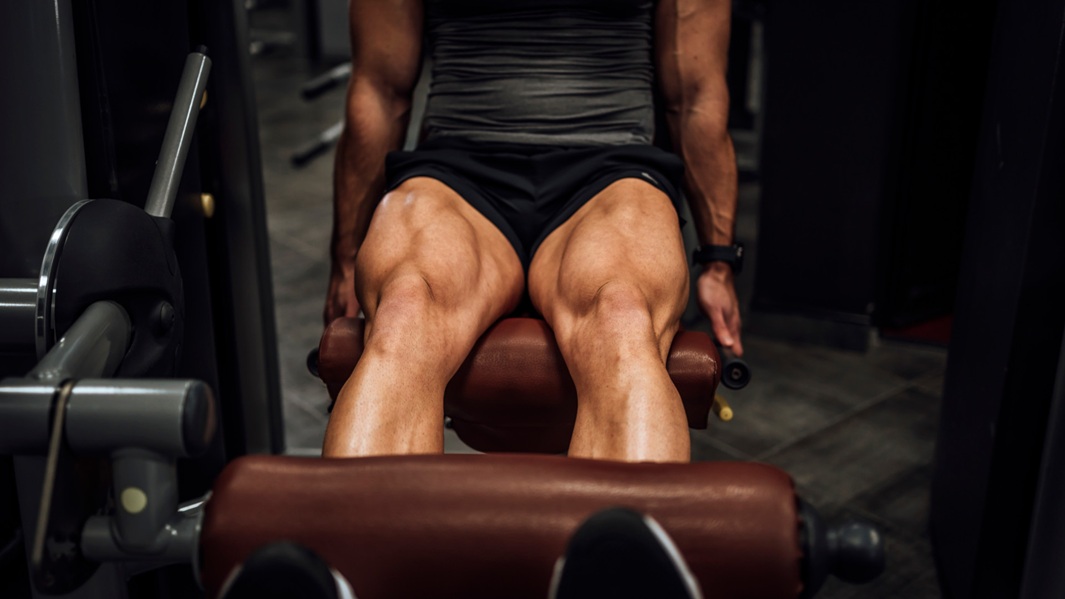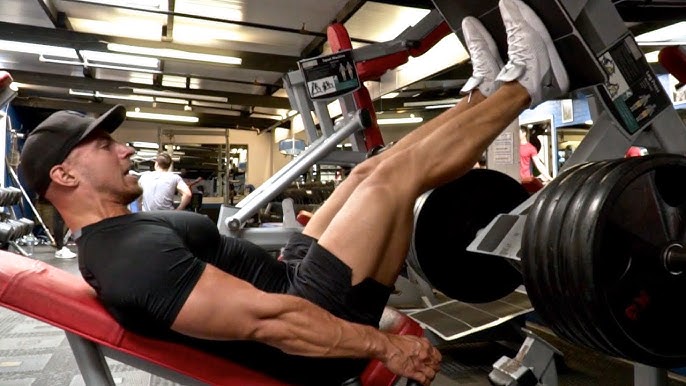Fixing Weak Quads: How to Shift the Focus From Glutes and Hamstrings to Quad Dominance
Big quads aren’t just built by showing up and squatting. For many lifters — especially those with dominant posterior chains — squats don’t feel like a quad movement at all.
The tension goes straight to the glutes, hamstrings, or even the lower back, and weeks of training result in strong hips but underwhelming quads.
If your teardrop (VMO) and outer sweep (vastus lateralis) aren’t growing the way they should, it’s not because you aren’t working hard. It’s because your body is moving in a way that bypasses the quads entirely.
Let’s break this down from a bodybuilder’s lens — what’s going wrong, why your quads aren’t taking over, and how to correct it through targeted movement, smart setup, and muscle-specific strategy.
Why Your Quads Aren’t Doing the Work
In a perfect world, a compound lift like the squat should be a quad-dominant powerhouse. But in real-world training, especially for lifters with mobility issues or strong glutes, the squat becomes a hip-dominant hinge. Here’s why:
Posterior Chain Dominance
If you’ve got strong glutes and hamstrings from years of deadlifting, sprinting, or general training, your body has likely learned to default to hip extension instead of knee flexion. The result? You push your hips back during squats and rely on the backside of your body — leaving your quads as passive assistants.
Mobility Limitations
Tight ankles or stiff hips limit your ability to drive the knees forward, a movement critical for loading the quads. Instead, you lean forward, shifting the work to the glutes and low back. If you’ve ever been told “knees over toes is bad” and trained to avoid it, this might be part of the problem.
Poor Squat Mechanics
Low-bar back squats with wide stances are incredibly effective for strength, but they bias the hips, not the quads. If your squat looks like a good morning halfway through, it’s time to reassess.
Lack of Isolation Work
You can’t expect your quads to grow if they never get trained directly. Leg extensions, sissy squats, and other isolation work are often left out of strength-based programs — and your quad development suffers because of it.
How to Know Glutes and Hamstrings Are Dominating
You might think you’re training legs — but if your technique is off, your quads aren’t getting the message. Here are common signs you’re hip-dominant in your lower body lifts:
- You feel squats and leg presses more in your glutes than your quads
- Your torso leans excessively forward during squats or lunges
- Leg extensions feel weak, or you struggle to get a strong contraction
- Your VMO (teardrop) and outer sweep (lateralis) are underdeveloped compared to hamstrings and glutes
Sound familiar? Don’t worry — this isn’t a dead end. It’s a sign you need to retrain your movement patterns and give your quads the priority they’ve been missing.
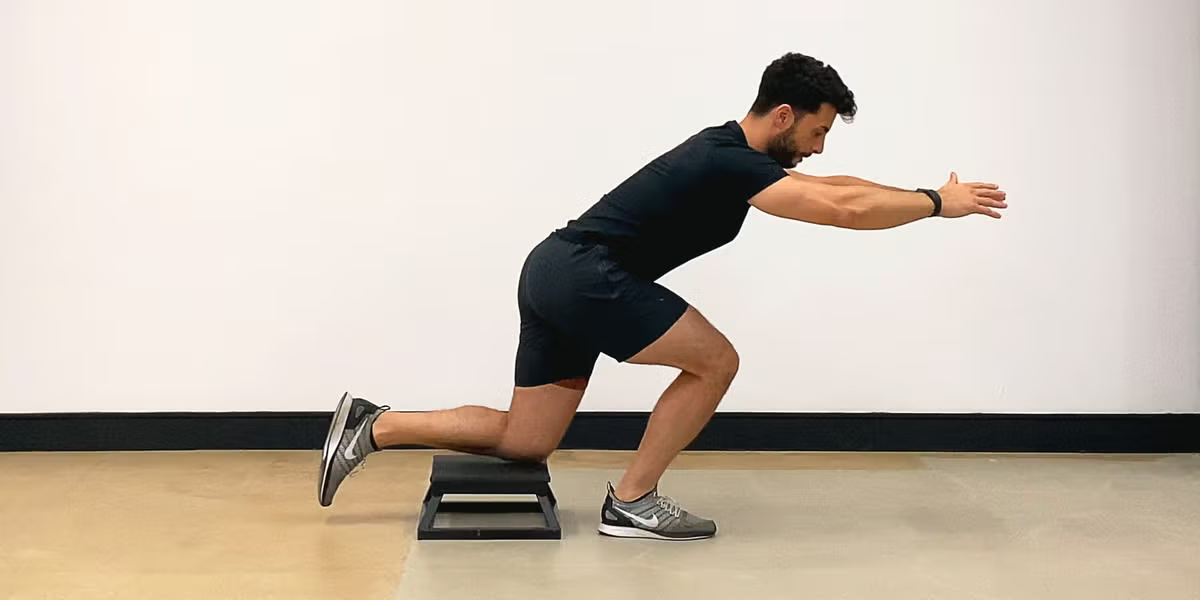
How to Rebuild Quad Dominance
You don’t need to overhaul your training — but you do need to make some strategic changes. These tweaks will put your quads back in the driver’s seat and finally deliver the size and strength you’ve been chasing.
🔹 1. Adjust Your Squat Setup
The first step is modifying your stance and angles to let the quads do what they’re designed to do — extend the knee under load.
- Elevate Your Heels
Use squat wedges, plates, or Olympic lifting shoes. This compensates for ankle mobility and helps your knees track forward, bringing the quads into play. - Narrow Your Stance
A closer foot position reduces hip involvement and shifts tension to the quads — especially the vastus lateralis. - Stay Upright
Switch to high-bar back squats or front squats to reduce torso lean and keep the load centered over the knees.
A squat is only as quad-dominant as its mechanics. Small changes in foot placement or bar position make a massive difference.
🔹 2. Prioritize Quad-Focused Movements
To fix a weak link, you need to attack it directly. These are your bread-and-butter lifts for targeting the quads:
- Front Squats – Upright torso, natural heel elevation
- Hack Squats (feet low and close) – Locked-in path, deep knee travel
- Bulgarian Split Squats (short stride) – Forces quad loading and balance
- Leg Press (feet low + narrow) – Reduces hip involvement
- Leg Extensions – Full range isolation and peak contraction
Rotate these into your program multiple times a week. Remember, angle and depth are more important than load here.
🔹 3. Activate Quads Before You Train
Pre-activation drills can make a huge difference for lifters whose quads have been neurologically “offline” for years. These help wake up the quads so they actually fire during compound lifts.
Try this quad primer before every leg day:
- Banded Terminal Knee Extensions (TKEs) – 2 sets of 20
- Bodyweight Sissy Squats – 2 sets of 15 (control the bottom)
- Slow Leg Extensions – 2 sets of 20 with 2-second hold at top
Think of these as turning the lights on — without them, your quads stay asleep while your glutes take over.
🔹 4. Slow Down and Own the Movement
If you want to shift emphasis to your quads, you need to slow down and eliminate momentum.
- Use 3–4 second eccentrics on squats, split squats, presses
- Pause in the bottom position (deep stretch) and top squeeze (full extension)
- Lower your weights until you feel your quads doing the work
Most lifters go too heavy and too fast — but for muscle building, tension and control always beat load.
🔹 5. Add Unilateral Movements
Single-leg work is unbeatable for fixing imbalances and forcing quads to activate. Use these with a slow tempo and strict form:
- Step-Ups – Keep torso upright and drive through midfoot
- Bulgarian Split Squats – Focus on quad tension, not just depth
- Single-Leg Extensions – Helps isolate a lagging quad side
Control and balance are more important than loading. Use bodyweight or light dumbbells until technique is dialed in.
Quad Re-Activation Workout Example
This sample session is designed to retrain motor patterns, target the quads, and minimize glute/hamstring dominance:
🔄 Pre-Activation Circuit (3 Rounds):
- Banded TKEs – 20 reps
- Bodyweight Step-Downs – 12 per leg
- Slow Leg Extensions – 15 reps, 2-second top hold
🔸 Main Workout:
- Front Squats – 4 sets of 6
- Use heels elevated, slow tempo
- Leg Press (feet low/narrow) – 4 sets of 12
- Controlled depth, don’t lock out
- Split Squats (short stride) – 3 sets of 12 per leg
- Slight forward torso lean
- Sissy Squats or Banded Sissy Hold – 2 sets of 20
- Keep tension, go deep
🛠 Bonus Tips for Quad Growth
Film Your Squat
- Record from the side — are your knees traveling forward, or are you just pushing your hips back?
- An upright torso and forward knee movement are key for quad loading.
Warm Up Your Quads First
- Don’t count on squats to “wake them up” — use TKEs or extensions before your heavy work.
Reset Your Patterns
- If your glutes burn before your quads, you need to retrain your CNS. Use pre-fatigue isolation work to get the quads engaged early.
Final Word: Quads Require Intent, Not Just Effort
Weak quads are rarely the result of laziness — they’re the product of compensation, poor mechanics, and neural habits. If your glutes and hamstrings always dominate, it’s time to reprogram your body.
Start by adjusting your setup, prioritizing the right movements, and reconnecting with your quads. Use isolation strategically. Embrace tempo. Train with intent.
Because you can’t grow what you don’t feel. And you won’t feel it unless you train like it matters.
🔗 Related Articles:
- How to Build Bigger Quads
- Best Quad Exercises for Mass
- Quad Sweep Training Guide
- Leg Press vs Squats for Quad Growth
- Unilateral Leg Training Guide

